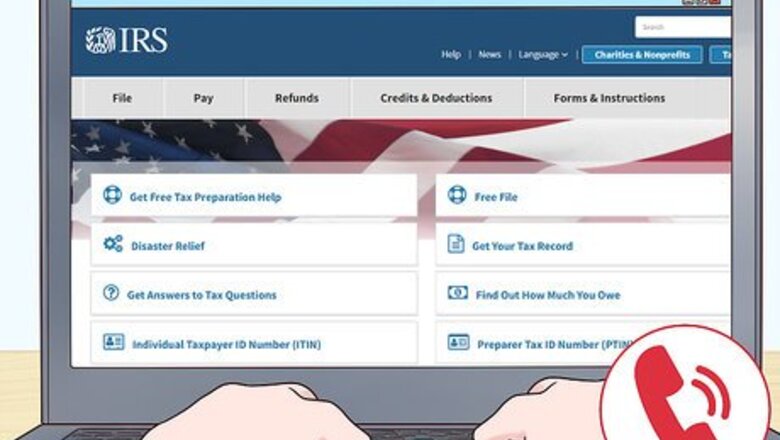
views
Setting up Your Nanny’s Employment
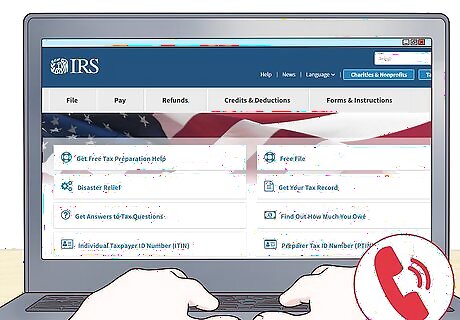
Contact state or federal tax officials to find out what a “nanny tax” covers. This tax is comprised of payments to both your state and federal government. A portion of these taxes will be “income taxes,” while social security and Medicare taxes (FICA) are also covered. Some states also do not require the income tax portion of the nanny tax. Contact your state’s Department of Finance and Administration for more information. The Internal Revenue Service’s website also provides a full list of state contacts.
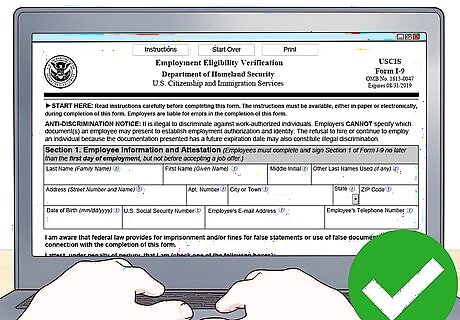
Verify your nanny’s eligibility for employment. Go pick up an I-9 form from your local IRS office or request a digital copy via the IRS website. Then, read over the requirements and get your nanny’s help in providing all of the information. The form will require that your nanny present you with at least 2 forms of identity documents, such as a social security card, passport, or driver’s license. If you don’t verify your nanny’s status, then you could face fines for employing someone illegally. Protect yourself by filling out an I-9 immediately upon hiring.

Check to see if you need workers’ compensation coverage. Not all states require that you get this coverage for your employees, but some do. If your state’s tax entity finds that you are without required coverage, then they can give you a rather hefty fine for noncompliance. Although the premiums for compensation coverage can be high, the fine is usually multiple times this rate. You can talk with your insurance agent about coverage or you can discuss it with the company that handles your employee payroll.
Filing Your Taxes
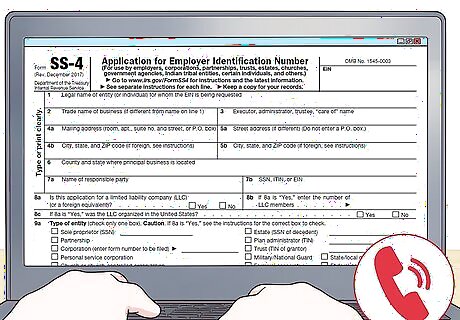
Contact the IRS for your federal employer identification number (FEIN). This is one of the first steps that you’ll need to take to pay your nanny taxes. Go to the IRS website to fill out an online application for a FEIN. You’ll need to provide information about your personal income on the application form and all parts must be completed in full before submitting. After you submit your application, the IRS system will verify the information that you’ve provided. Then, your FEIN will be sent to your contact email. This number will stay with you for as long as you are an employer. Be warned that your Social Security number is not a substitute for your federal identification number.
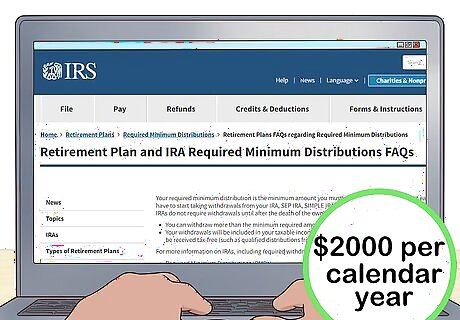
Check with the IRS and the state for minimum income requirements. If you pay your nanny more than a certain amount in a calendar year, then you owe nanny taxes. The minimum threshold for nanny payments varies yearly, so make sure to check each time before filing. The standard amount usually hovers right around $2,000 per calendar year.

Pay your nanny taxes by the state and federal deadlines. If you fail to meet the deadline for submitting all of the required forms to the IRS or the state, then you will likely face a hefty fine. The deadlines change a bit from year to year, but your federal paperwork will usually need to be submitted by the end of January. Reach out to your state tax authorities to find out their deadlines.
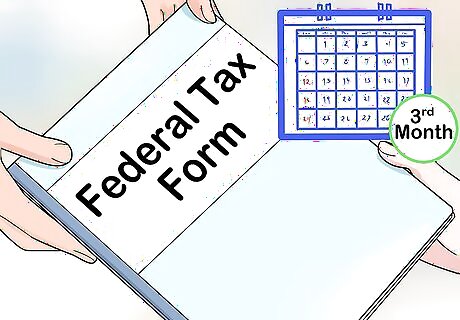
File state returns quarterly. You’ll need to file federal taxes just once a year. However, most states require that you file employer returns on a quarterly basis, which means every 3 months. Some states even require that you turn in employer tax information every month. Check with your state’s tax authority, just to be safe. While the federal government only requires that you send a return once a year, they will accept multiple payments toward a future tax balance.

Pay the nanny overtime if they work more than 40 hours per week. Since a nanny is considered a standard employee and not a live-in, they are supposed to receive time and a half pay for anything beyond a full-time work week of 40 hours. If your nanny does live with you, then the rules may be a bit more flexible. Talk with your state tax authority to see if your live-in nanny is entitled to overtime pay. This is one of the requirements of the Fair Labor Standards Act.
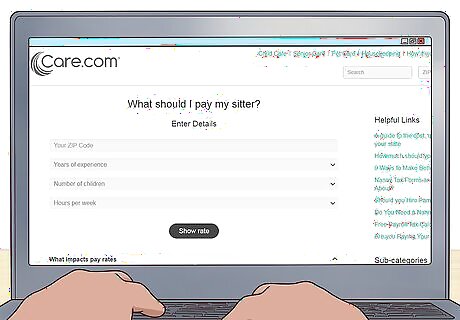
Use an online “nanny tax” calculator. There are a number of websites and apps online that will help you estimate your nanny’s total income and how much you might owe in taxes. Most of these sites do not promise 100% accuracy, so they should be used with caution. But, they will give you some idea of your tax burden. For example, the care.com and the homeworksolutions.com websites both offer a nanny tax calculator.
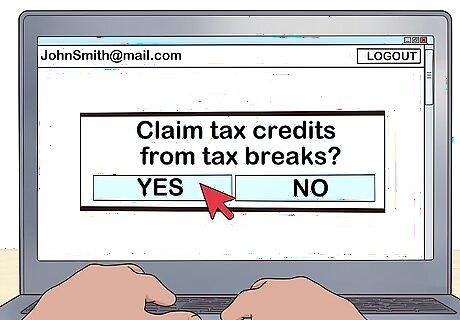
Claim any tax breaks. As part of your taxes, you might be able to claim a child care tax break. This break could offset some of the nanny taxes, and even wages, that you paid for the year. The total amount varies yearly, but it is certainly worth claiming. Some employers also allow you to set aside money in a flexible spending account for nanny care. These are pretax dollars that you can use toward child care.

Hire a company or agent to prepare your taxes. Keeping track of the wages and filing all of the tax paperwork associated with the nanny tax can be overwhelming. For that reason, many people choose to outsource this burden to independent companies. Talk with your financial advisor or bank to get recommendations on household pay experts.
Managing the Paperwork
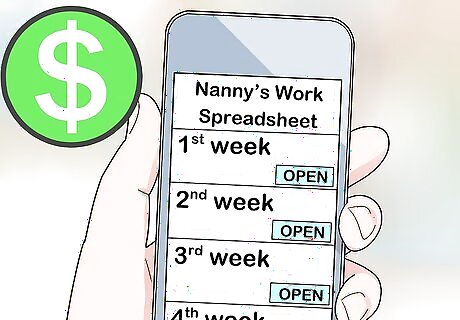
Keep track of your nanny’s gross pay. Add up the hours that your nanny works for each payroll period and make note of this number in a spreadsheet, app, or paper log. Then, take this hourly total and multiple it times the base hourly wage. The number that you get is your nanny’s gross wages for that particular pay period. For example, if your nanny works 40 hours per week and gets paid $14 per hour, the gross pay for 2 weeks would be $1,120.
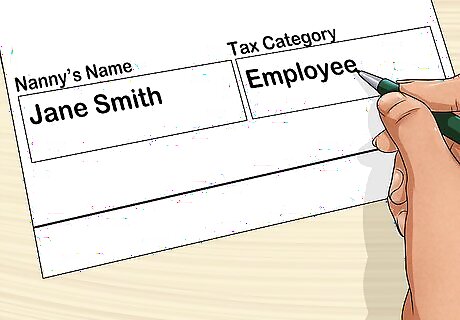
Categorize your nanny as an employee for tax purposes. Many people make the mistake of putting their nanny in the “independent contractor” category on their taxes. This is an error that can be quite costly. In fact, you do not need to file a contractor’s form 1099 because your nanny is considered a traditional employee. Filing taxes denoting your nanny as a contractor qualifies as tax evasion.
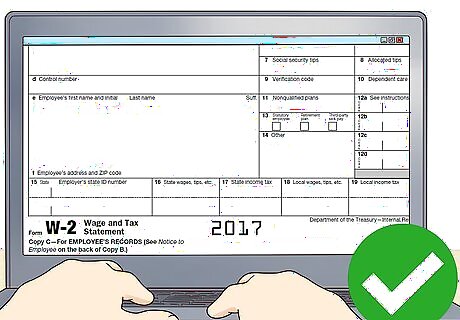
Provide a W-2 form for your nanny. At the end of each tax year, you’ll need to hand or mail your nanny a completed W-2 form. You can get a paper W-2 from an IRS office or you can download a copy from the IRS website. You’ll need to fill out this form to show your nanny’s gross pay as well as the amounts of all taxes paid. Your nanny will need to have this form in-hand before they will be able to file their personal taxes.
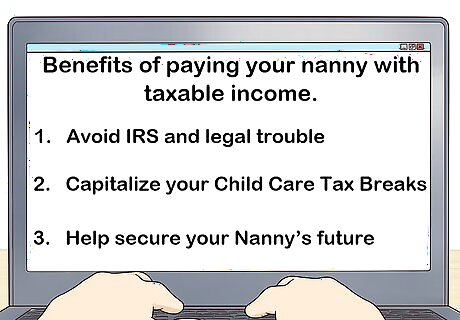
Understand the benefits of paying your nanny with taxable income. It can be tempting to pay your nanny out-of-pocket for simplicity for all parties. However, paying nanny taxes makes you eligible for tax breaks. You also won’t have to be concerned about the state or the IRS looking into your tax history and finding problems.




















Comments
0 comment